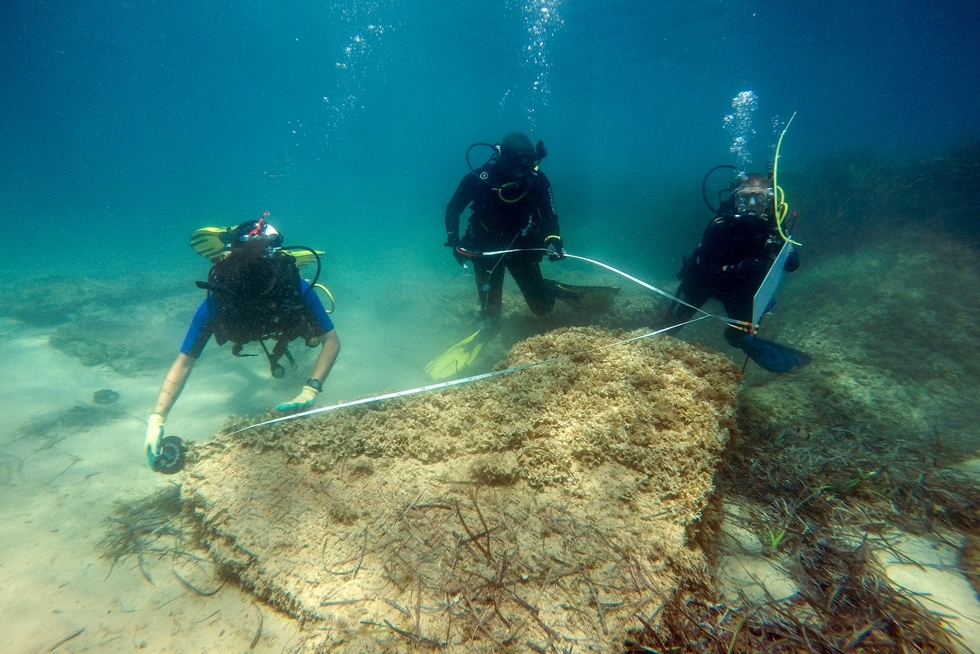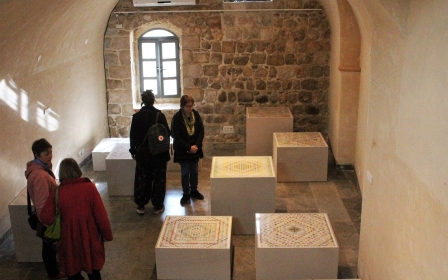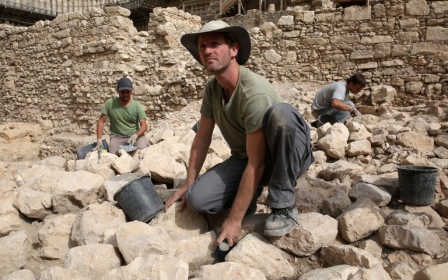'Tsunami-sunk' Roman ruins discovered in Tunisia

Vast underwater Roman ruins have been discovered off northeast Tunisia, apparently confirming a theory that the city of Neapolis was partly submerged by a tsunami in the 4th century AD.
"It's a major discovery," Mounir Fantar, the head of a Tunisian-Italian archaeological mission which made the find off the coast of Nabeul, told AFP.
He said an underwater expedition had found streets, monuments and around 100 tanks used to produce garum, a fermented fish-based condiment that was a favourite of ancient Rome.
"This discovery has allowed us to establish with certainty that Neapolis was a major centre for the manufacture of garum and salt fish, probably the largest centre in the Roman world," said Fantar.
"Probably the notables of Neapolis owed their fortune to garum."
Fantar's team started work in 2010 in search of the port of Neapolis but only made the breakthrough find of the ruins stretching out over 20 hectares (almost 50 acres) this summer thanks to favourable weather conditions.
The discovery also proved that Neapolis had been partly submerged by a tsunami on July 21 in 365 AD that badly damaged Alexandria in Egypt and the Greek island of Crete, as recorded by historian Ammien Marcellin.
New MEE newsletter: Jerusalem Dispatch
Sign up to get the latest insights and analysis on Israel-Palestine, alongside Turkey Unpacked and other MEE newsletters
Middle East Eye delivers independent and unrivalled coverage and analysis of the Middle East, North Africa and beyond. To learn more about republishing this content and the associated fees, please fill out this form. More about MEE can be found here.




